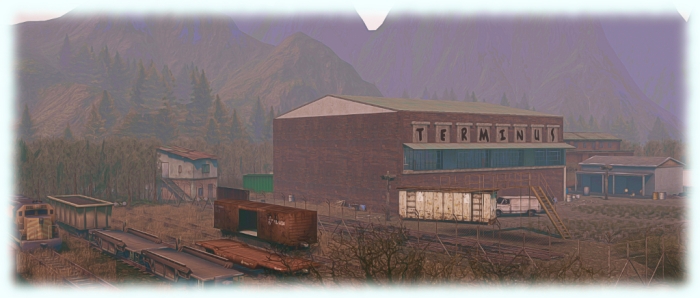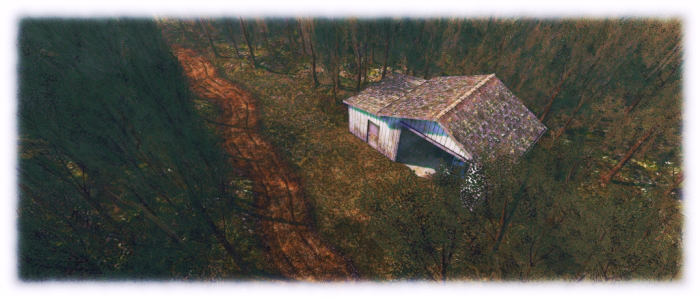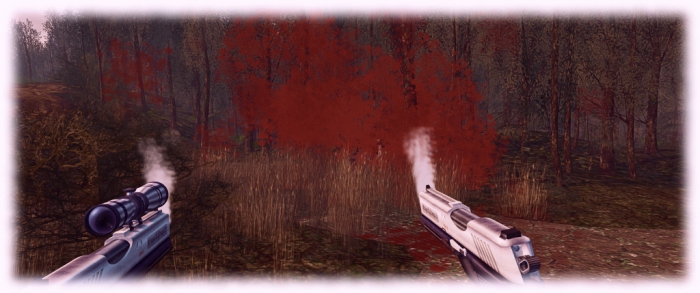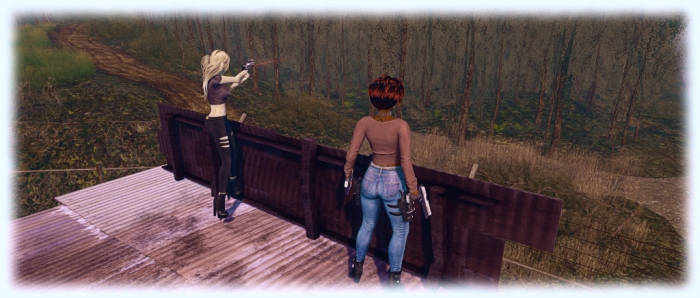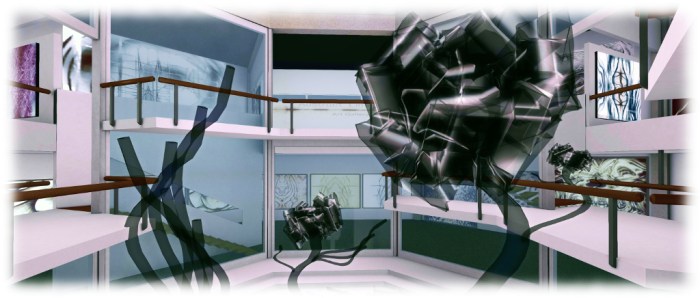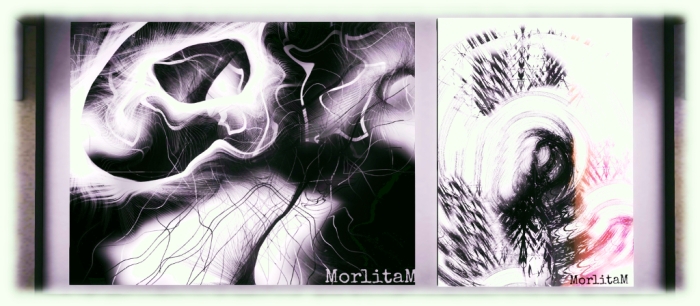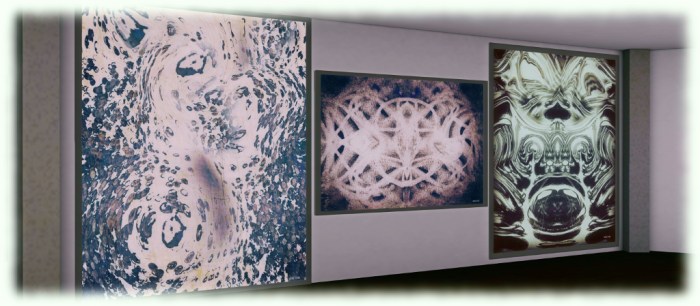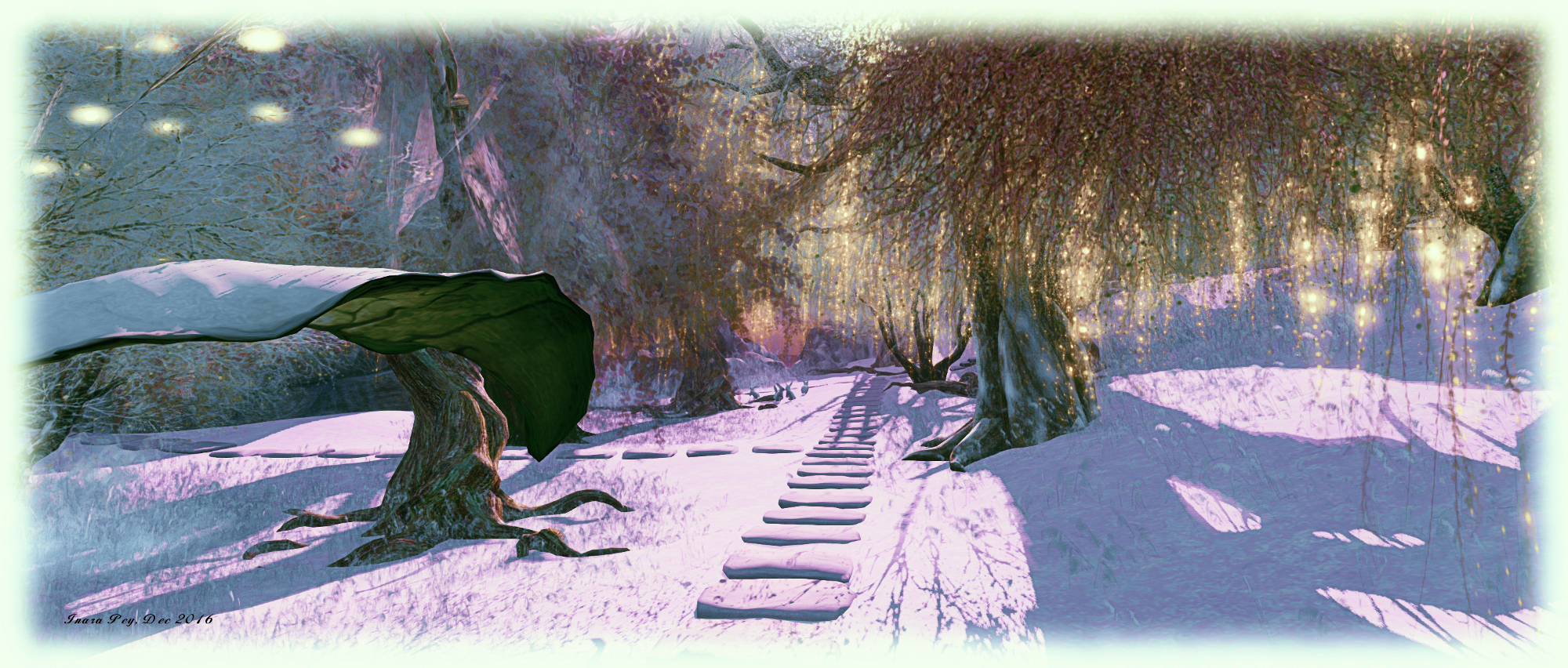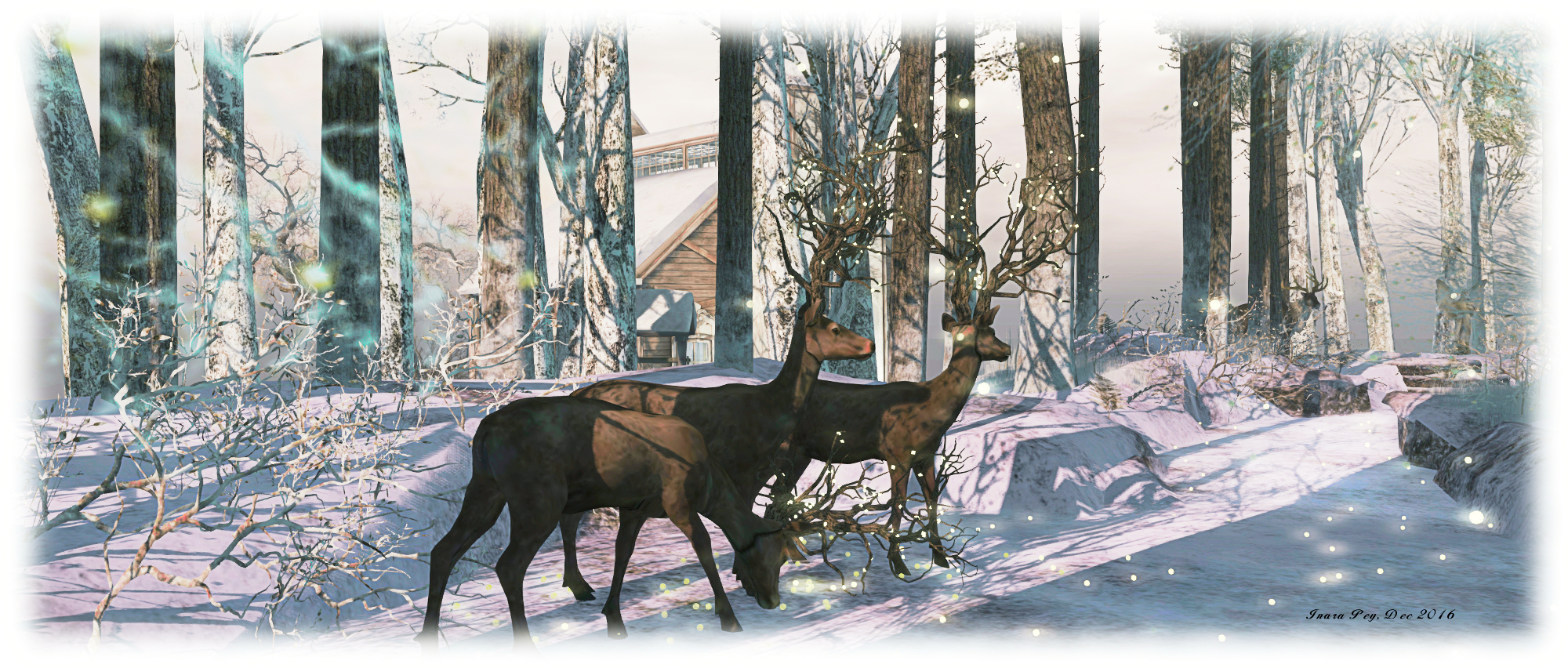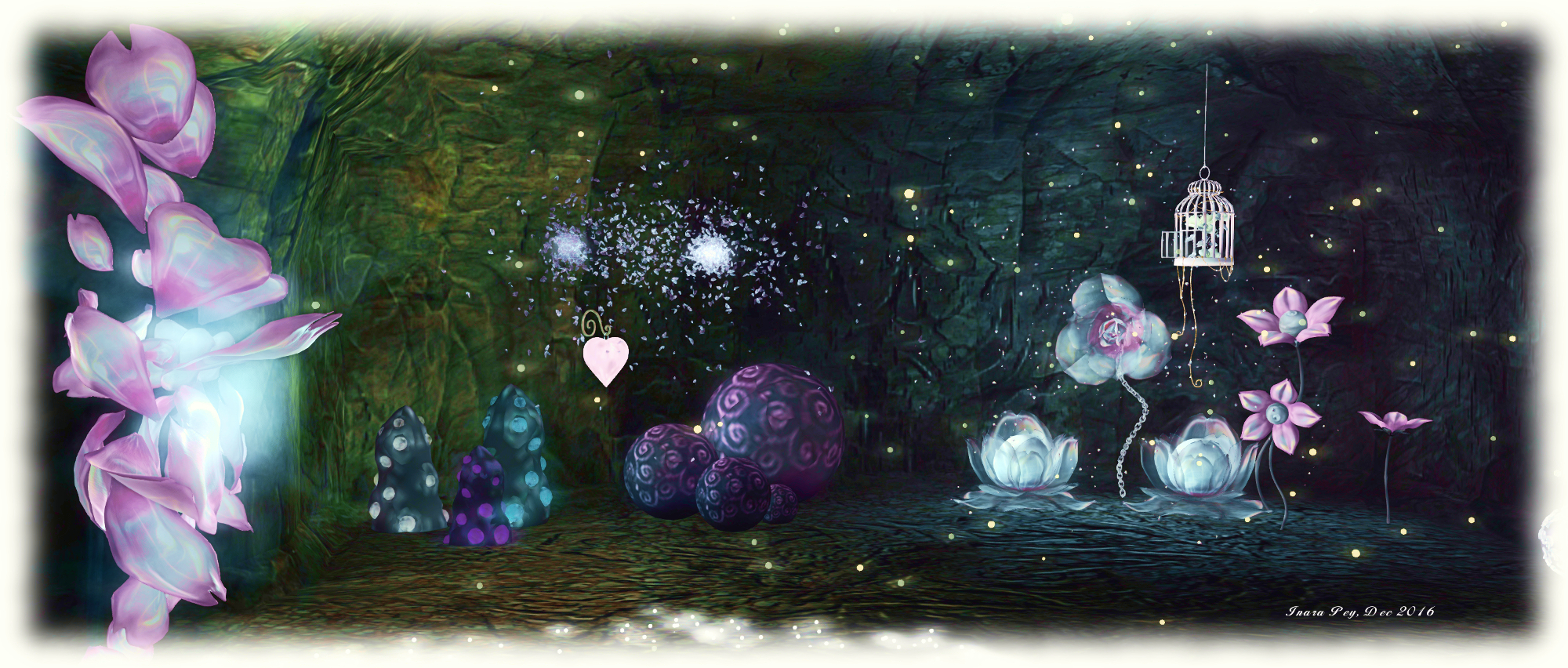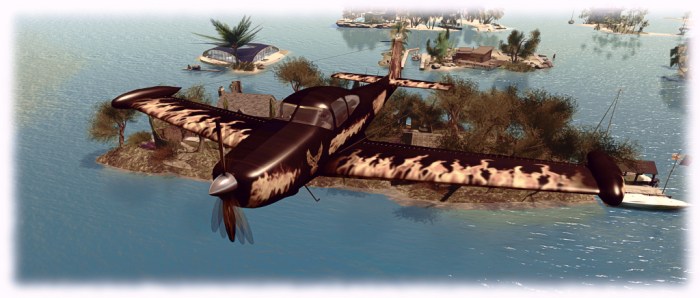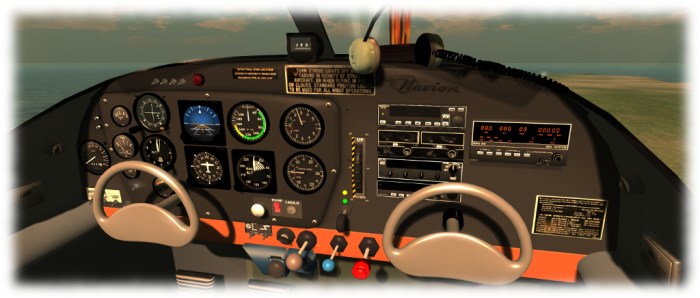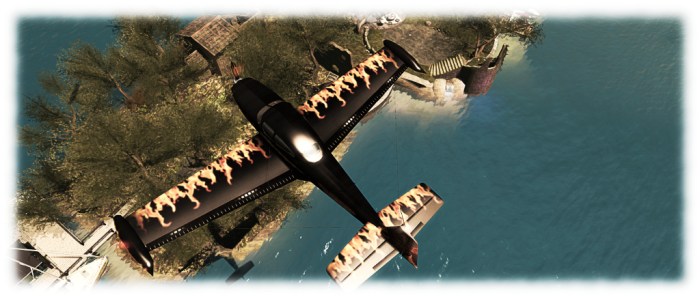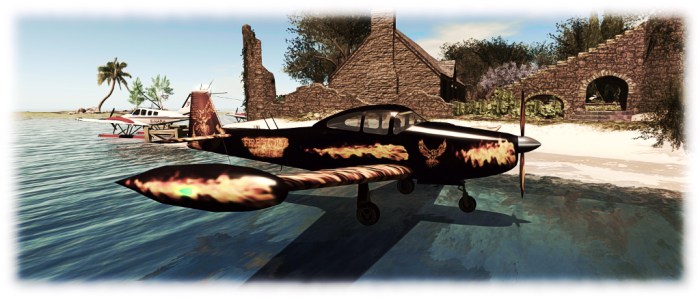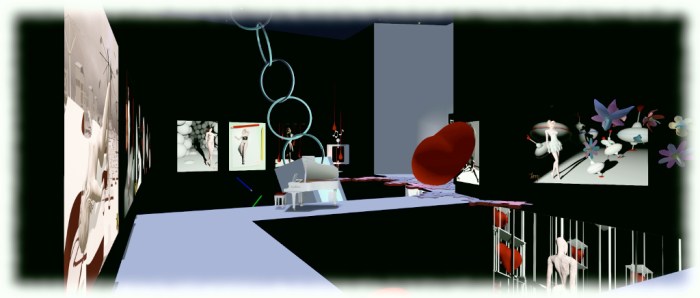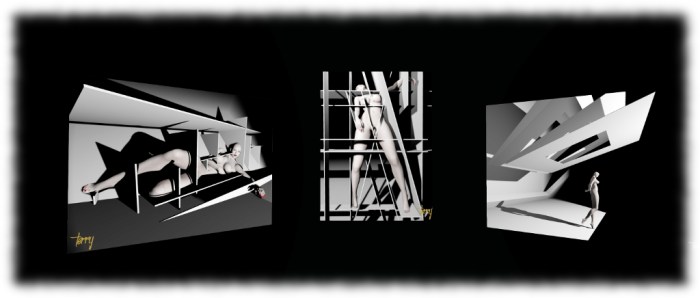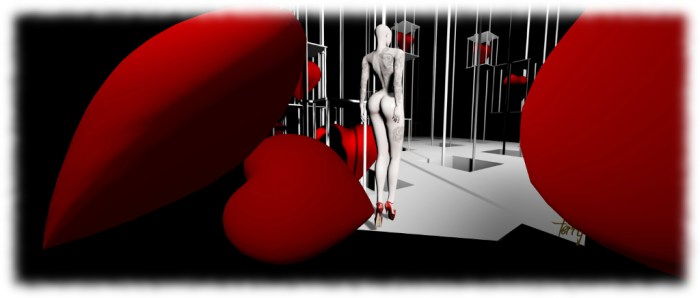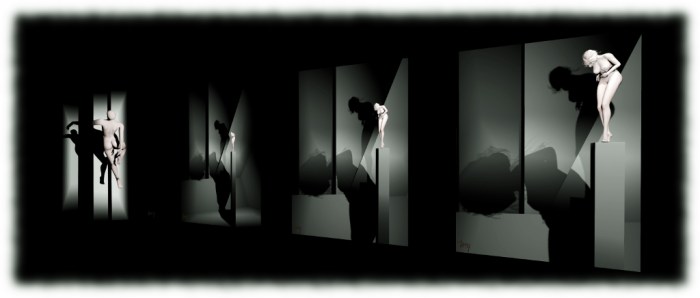
The end of the year is once more approaching, which is often a time of reflection as we look back over the old before pausing to await the arrival of the new. It’s become something of a tradition in these pages for me to look back over the the articles and coverage of the year’s events I’ve managed to write-up, and offer a chance to revisit the ups and downs and the good and the bad the last twelve months have brought us.
To keep things digestible, I’ve broken this year’s review into two parts. This one covers January through June, and July to December can be found here.
January
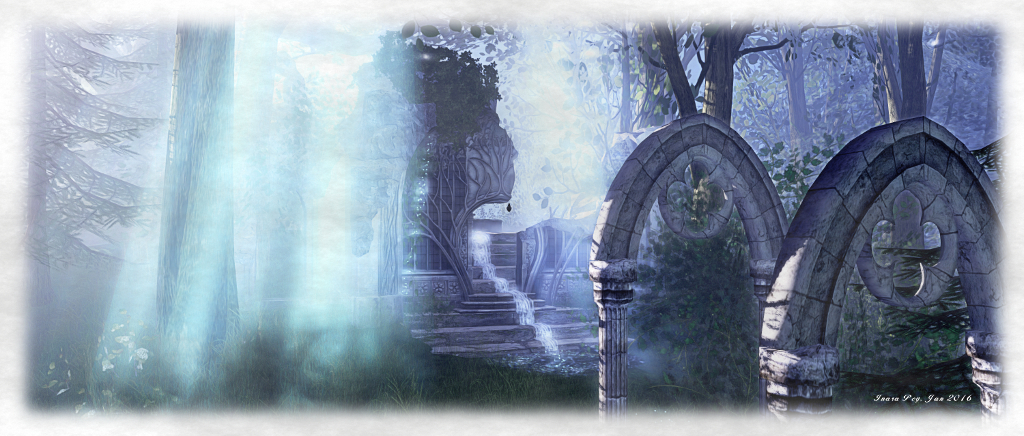 Telrunya – Forest of Dreams – one of my first region visits for the 2016 Exploring Second Life series
Telrunya – Forest of Dreams – one of my first region visits for the 2016 Exploring Second Life series
The year started with a photo contest from Kultivate Magazine and a celebration of the 100th episode of the Drax Files Radio Hour (if you include the re-runs!), which included a chat with Oz and Troy Linden about the (then) still in development Project Bento. When Things Went Wrong with the grid rather badly over a weekend, April Linden gave an excellent a blog post explaining what had happened and why, which as I noted, marked a welcome continuance of communications on matters like this from the Lab.
Second Life’s first press appearance for the year came via an article on published UCI News, the on-line newsletter of the University of California, Irvine, which explored the work of Tom Boellstorff, a professor of anthropology at the university. The article particular examined Tom’s work in SL around Parkinson’s Disease.
In mid-January, VWBPE 2016 put out a call for papers, while I recalled a Starry Night in Second Life. Then, in the latter half of the month, Lab Chat returned with Ebbe Altberg taking questions on the Lab, Second Life and Sansar, and I provided the transcript and audio.
January also saw Caledonia Skytower joined me as a Guest Writer, with the first of her hugely popular series, If you just build it, they might not come, on promoting events in Second Life. The first month of the year also saw the Linden Department of Public Works Moles honoured in Bay City.
Sansar
I offered some thoughts on Wearable’s coverage of Sansar, and the platform also formed a focus of the 2nd Lab Chat event (see the link above).
Other Worlds and AR/VR/MR
Stephen Wolfram became the latest high-profile person to join High Fidelity’s advisory board, while the Oculus Rift VR headset became available for pre-order, with a price which shocked a lot of people, prompting me to ask, At what price VR? Then HTC announced upcoming Vive pre-ordering whilst responding to talk of a split within the company.
Personal
I was delighted to be invited to exhibit at the Art on Roofs Gallery, Second Life (see Through a Blogger’s Eyes in the January Art Reviews, below. I also made the acquaintance of artist Silas Merlin, courtesy of Kayly Iali (see The pastel world of Silas Merlin in Second Life, below), which I’m happy to say grew into a friendship. Timekiller was the fist major event of 2016 I managed to get along to, and emboldened by recent exhibitions I opened a small studio gallery.
February

The 2016 events season started to ramp up in February. The 2016 RFL of SL team registrations opened, and the Home and Garden Expo took place later in the month, followed by Paint it Purple at the end of February. One Billion Rising put out a call for volunteers ahead of the February 14th event; BURN2 Burnal Equinox was announced; the Lab, with Isle of Love supported Team Fox and Parkinson’s research with their Valentines event; the ALS Awareness week took place; the VWBPE 2016 schedule was published.
Elsewhere in Second Life, Calas Galadhon re-opened (see the link below), and both Catznip and Achemy viewers updated, the former after a long break. the platform suffered more operational woes, with April Linden once again providing an explanation. Draxtor Despres gave insight into Project Bento via a World Makers special, and I was able to provide some additional material. Thing got a little tense mid-month with a sudden slew of bannings, many of which were subsequently reversed, although one creator made an urgent plea and the whole situation left me wondering if someone had been a little too eager with the ban hammer.
Cale continued her series on events promotion in Second Life, with parts two and three, and an address by the Dalai Lama to the Mayo Clinic was relayed into Second Life.
Sansar
Further images of Sansar were released, prompting further debate, while comments at the January Lab chat left me pondering on maps and metaphors, to the consternation of some!
Other Worlds
High Fidelity played with 200 avatars in a single location, looked at a commerce project and got into scanning faces. Amazon launched Lumberyard for games developers.
Personal
Caitlyn and I opened Caitinara Bar at Holly Kai Park to help encourage traffic and visitors to the park’s facilities. Anthony Westburn became our headline DJ on Wednesdays, followed by Joy Canadeo on Fridays and (through until late summer) Kess Crystal on Sundays. I also launched into the first phase of 2016’s “lets rebuild the island…again.”
Continue reading “2016: a look back at Second Life and more – part 1”
